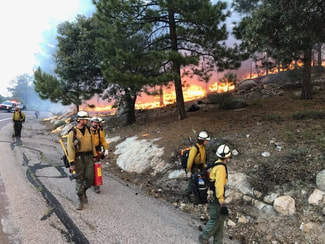 Firefighters, Bighorn Fire, 2020. Image From: Bighorn Fire Information Facebook page. Used with permission. Firefighters, Bighorn Fire, 2020. Image From: Bighorn Fire Information Facebook page. Used with permission. It was a cloudless day in 1994. I had just graduated from college and the “real world” loomed menacingly in my future. Knowing this, in all likelihood, was my last summer as a National Park Service ranger and wildland firefighter, I savored moments like these. The billow of smoke may have escaped a more hurried person’s eye. Luckily for me, I was being paid to watch - lizards, peregrine falcons, fires. For 6 seasons I had been paid to do what I love to do - sit on a rock and look. And on this day, the smoldering Juniper (Juniperus osteosperma) caught my attention. I radioed for backup and soon two furry BLM (Bureau of Land Management) rangers arrived in their truck. We got our tools and meandered the 400 feet or so from the dirt road to the burning bush. There was the lone tree riddled with drought and years of persisting smack in the middle of a red rock outcropping. “Some fire,” joked one of my comrades. The other wandered back to the truck to grab a tin of sardines and a bag of saltines. He offered it to me, and I declined. After fighting fires for 3 seasons I still couldn’t quite get used to the strange but popular culinary habit of canned sardines until there was nothing else to eat. Little did I know that so much of that summer would be spent on so many fires that I actually would come to have a fondness for the salty snack. Because I was the first to see the “fire” I had the honor of naming it - I was embarrassed about the backup call so I deferred to my rescuers. They decided to name it “The Berry Blaze.” Wildland firefighters are nothing if not hilarious. That summer was spent guiding hikes, tending the gift shop and fighting far more significant blazes that smoldered across western Colorado. At one point in early July, I found myself sitting on a van awaiting transport to the Glenwood Springs area where, only hours before the small fire had taken a turn for the worse and had claimed the lives of 14 firefighters. We were immediately reassigned as we sat in stunned silence in the cramped van. The Berry Blaze could never have become that fire, but still...with any fire, you just never knew. Of all the things I have gotten paid to do fighting fires was the most physically challenging (made collegiate basketball playing look like a beach vacation) and the most emotional. Watching places I love disappear into smoke and ash literally burns my heart. And yet the adrenaline is real and once you’ve been a part of that elite profession, it’s hard to ever see a wildland fire and not get a little hyped up. That’s what happened a few weeks ago, when I saw the light white smoke billowing peacefully off the mountain filling the deep blue sky in Tucson with wispy, seemingly harmless clouds. In the early hours and days, it looked a lot like Storm King in 1994 - that the fire was going to be an “easy one.” Burning low and seemingly pretty slow with little to fuel it; it looked as though the Bighorn Fire in the Coronado National Forest, on the beloved mountain north of town, would be quickly and permanently doused. Then came the winds - 55 mile per hour gusts - that relentlessly whipped the flames and a small blaze went from 3000 acres to 30,000 acres in only a few day’s time. Add to that low humidity and very high temperatures and, well, you just never know. The Bighorn conflagration has now burned upwards of 70,000 acres (1). Beloved high elevation forests likely gone for generations. Saguaros in the lower elevations have been reported to have, literally, exploded. I saw a post the other day that said something like, “learn your history...read books.” Not bad advice. But I would also argue that if you want to understand where we are ecologically, environmentally, if you want to understand the Bighorn fire, then you also must read more than just books. That is not to say there aren’t books on the history of fire. It might surprise you to know there are A LOT of books on the topic. Stephen Pyne, a historian at Arizona State University, has himself written at least 15 monographs on fire.(2) Just on fire. Fire in rural places. The intersections of fire and culture. Fire in the United States Southwest. Fire in Canada. Fire on the rim of the Grand Canyon. Dr. Pyne argues, basically, that especially by the late 20th century we are living in an epoch defined by fire - something he has labeled the Pyrocene. So there are indeed history books on fire. Even histories which might help us to contextualize the Bighorn. But what happens when there are no books? To what else do historians turn? For a long time we turned only to other authoritative sources (articles in newspapers, etc). But folks began to wonder if those sources might not be incomplete records of the past and environmental historians, in particular, found that many historical record keepers seemed not to care a whole lot about what was happening to the nonhuman environs. So we began to use books and…. Books and oral stories. Books and receipts of farmers’ seed imports. Books and art. Books and diaries. Books and minutes from meetings of all kinds of organizations and government agencies. And, perhaps most importantly, books and the land itself. Indeed, we can learn about the history of the Bighorn Fire by reading, of all things, the geography of grass. If one knows ones grasses, then one can spot the messy golden menace from a long way away. If one joins any of the many organizations in Pima County trying to combat its presence, one learns quickly how to “see” the villain rampant on hillsides and tucked discreetly under rocks. This particular grass is called Buffelgrass (Pennisetum ciliare).(3) And its presence tells historical tales worth listening to. The grass is invasive (meaning it moves quickly into places in which it did not originate). The grass is imported (from the savanna of Africa). The grass is persistent (meaning it’s really hard to kill). And the grass is increasingly everywhere in the desert Southwest, especially in the Tucson basin. In the strands of this pesky monocot, one can see the history of fire suppression, the desperation of midcentury cattle ranchers to ply their trade in biomes resistant to it, and the innovation of those wishing to control erosion along washes and roadsides. The wispy presence of this grass, also bears witness to a long history of tens of thousands of hours of human power spent to understand its power and either propagate or destroy its existence. Buffelgrass was imported into the United States in the 1930s by the US Soil Conservation Service to help with erosion but more importantly to be cultivated and fed to cattle as range forage. Most folks didn’t seem to understand the ramifications this would have. You see Buffelgrass is fire evolved. On the African savanna where tall trees and other vegetation was widely dispersed, the fire adapted Buffelgrass was born and bred. Buffel burns easily and fast and is not a typical bunch grass like the kinds that are native to the Sonoran Desert. Buffel is also brilliantly adapted to drought and thus outcompetes the natives, withstands hot and dry conditions which seem to be increasing because of climate change, and virtually delights in getting all fired up (ie fire doesn’t easily kill it). Buffelgrass can “persist after fire by sprouting from rhizomes, tillers, or buds that survive fire”. (4) When Buffel crowds in around non-fire adapted keystone species like the beloved and iconic Saguaro Cactus (Carnegiea gigantea), and fire comes, the results are devastating. Most studies suggest that once the ecosystems of the Saguaro are deeply burned, they will never recover. (5) Mortality for individual Saguaros increases threefold in fire areas and growth rates slow way down for those that do survive. This is why fires like the Bighorn are particularly heartbreaking for locals and Saguaros alike. Fire management of public lands in the US is a LONG and fascinating history (check out Stephen Pyne if you are interested), but suffice it to say Smokey the Bear was just the beginning. Thus when fire hits these public lands in the early 21st century, it is visiting areas where it should have been a frequent guest over the past century but instead was not allowed in. As a matter of federal and state policy especially in the mid 20th century, spurred on by forest management science, fire had been suppressed and Buffelgrass encouraged. The conditions are explosive to say the least. But in the Buffelgrass lies more than historical tales of mistakes, defeat, and tragedy. There is heroism too. If we think about that vibrant matter from our last blog entry, we can see how all this has assembled to push political demands and spur environmental social movements. In Tucson alone, non profit organizations such as the Sonoran Desert Weed Wackers have been hard at work for decades trying to spread the word and stop the grass.(6) They take volunteers out to whack away at the stubborn weed clinging exasperatingly well to the dry, hard desert ground (remember its use as erosion control? Well, it’s REALLY good at it). Those same activists have been joined by fire ecologists and botanists and other experts in the region to push the Forest Service, the Park Service and other agencies to prioritize Buffelgrass control. But of course, political will seems ever to blow as smoke in the wind and public support for adequately funding our public lands government agencies seems to shift direction with every election.(7) And so the grass grows and grows and grows. As fire season approaches those of us in the know hold our breath. Hoping this isn’t the year. And then lightning strikes. In 2013, a blaze in central Arizona known as the Yarnell Hill Fire mimicked the tragic story of Storm King. An Arizona-based interagency hotshot crew, the Granite Mountain Hotshots, lost all 19 of their members when the fire took an unexpected turn. The fire sparked outrage - against an abundance of fire suppression in the last 50-100 years, against a lack of fuel suppression (such as removing known villains like Buffelgrass), against a lack of funding for wildland firefighters to have the equipment they need (more budget cuts came in 2017), against nature and lightning and all the rest of the injustices. The outrage persists. To know all that history takes more than reading a single book. It takes looking a blade of grass in the eye. It takes reading government websites to see what the policies have been erected to save money or save face. It requires listening to a Tohono O’Odham tribal member who knows from centuries of caring for the giants what Saguaros need not to just survive but to thrive. It mandates paying attention to the unburned fuels on the forest floor and the incrementally shifting temperatures upward. Year after year. But how would any ordinary person know to even think about all of that? I suggest that public history may be the answer to that. Public history exists in many places in many ways, but for our purposes today, its most important manifestation is in memorial spaces and statues. There, emboldened by aesthetic beauty and basking in honored space, public history offers passersby a hint of history and hopes they delve deeper. Such is the purpose of the many firefighter memorials that have been erected in Arizona, Oregon, and Colorado to honor the victims of Storm King and Yarnell. The statues, the marble and granite plazas, the brief signage all ask residents and tourists to pause briefly to think about past fires so that their costs might be remembered. To mitigate outrage. To heal damage. To honor the lives given. Those are the best reasons to erect a memorial statue, and the country seems immersed right now in a debate about the merit of such an act. As Americans struggle with the meaning of public glory, it might be interesting to think about the fact that commemoration is not stuck in time but continues to this day. In Glenwood Springs, the Storm King victims stand permanently in the largest city park. One of the “every man” bronze statues is clearly female, a tribute to the four women who died that day in 1994 (see images below). The firefighters in all the statues from both Storm King and the Yarnell Hill fires are posed with their equipment - the axes, hard hats, shelters - all meant to keep them safe and to help them put out the fire. But like all public history, these commemorations exclude details. Conspicuously missing in most of the tributes is the environment itself. In Prineville, Oregon, the memorial of the Prineville hotshots who died on Storm King, is set amongst the town’s war memorials. One of firefighters is poised to chainsaw a burned tree. To the uninformed, this would seem an odd choice when one wants to commemorate heroic deeds that surely saved trees. But cutting burned trees down saves lives and even can help the ecosystem. Still, taking the view of fire “fighting” as a battle against the natural world would still likely rub some folks the wrong way. There are plenty who would critique the depiction of fire as the villain in this memorial. Some would argue if fire suppression had not been the policy of choice, the fires that now burn wouldn’t be nearly as fierce. Those same folks would likely demand to know if we should publicly commemorate an understanding of fire which is inaccurate and outdated - western scientists now know what indigenous peoples long have known...fire is important in many ecosystems (think Yellowstone). No mammal, bird, or reptilian wildlife whose homes are destroyed with each passing flame appear in any of the bronze representations. No dying fish in rivers or streams polluted from the intense erosion that is one of the worst outcomes of modern 21st century wildland fires. It is almost as though the statues get molded and plazas get built when those who feel most maligned and have the loudest power fight for their creation. And we know that trees, fire, and wildlife, while surely, maligned, are still largely silenced in our dominant, human-centered culture. For the Yarnell Hill victims, there have been interesting commemorations.(8) In Arizona, there is now an entire park and trail system devoted to the firefighters. But even in this more enlightened time, the bronze statue depicts a lone male firefighter with lots of tools and a dead tree stump. All of that to suggest that even those powerful memorials - maybe examples of the best kind of public history - are exclusionary because the stories are so complex and they are still unfolding. One can never read all about the complicatedness of those still-being-written stories in a single book, let alone in the stoic faces of the glorified. What is pictured in each and every commemoration is an invitation to bear witness to the events - the tragedy and the loss. In each instance, the statues and their surroundings invite reflection and pause. So maybe we ask too much of our statues. The issues of the continuation of a nationwide ethic of fire suppression in spite of best science suggesting otherwise, the persistent ignoring of an invasive species whose sparking threatens to wreak billions of dollars worth of damage, the generalized prioritizing of all that is human (even wildfire incident commanders refer to only manmade structures as “values”), and the stubborn dismissal of the importance of habitat for native plants and animals in the daily discourse around fire, suppression and loss are not present in the statues. And yet, all of this is the history of fire - waiting to be understood by just about everyone in this country. And I am really quite sure that no statue could ever say all of that. As we debate history, memorials, Buffelgrass removal, fire policies, statues, and senseless death (of humans but maybe, hopefully, increasingly of animals, insects, and plants too), it becomes apparent that public commemoration is never adequate or accurate enough. But it is still essential.
1 Comment
 Sparta Cotton Mill, ca `1909 from the Library of Congress http://memory.loc.gov:8081/ammem/today/dec20.html Sparta Cotton Mill, ca `1909 from the Library of Congress http://memory.loc.gov:8081/ammem/today/dec20.html 5-10 min read What if I told you that a virus has the power to change history? In June of 2020, you’d rather believe that, I suspect. Would you have believed it (or even thought about it) in June of 2019? Now that you are thinking about a nonhuman actant having power over the trajectory of history, what if I told you things like the placement of a river or the existence of a mineral also change the course of history and make spaces and conditions that are intentionally, but also often unintentionally, unequal and unhealthy and ripe for change? The power of matter to be vibrant and active on human history and politics is the subject of a new book called Vibrant Matter: A Political Ecology of Things by Jane Bennett. It contains particularly powerful ideas to use in this historic moment because it asks us to take seriously the power of matter to entangle humans in webs of assemblages and meanings that have very real material outcomes on human (and non human) societies. Bennett makes a lot of rather high falutin conclusions and offers highly insightful readings and critiques of political theorists and philosophers. I’m going to ignore all of that and focus on the part I understood (sorry, Dr. Bennett). In short, Bennett wants us to consider how something non human (and maybe not even “alive” as western cultures think of life) might just propel human societies into their structures and their politics. (1) She wants to know if the combining of human and nonhuman elements might just alter established notions of social accountability and fault finding. What if a workglove had the power to ignite social movements for change and revisions to laws even as it brought into question who was actually responsible for unfair social relationships? We could find a tangible example of matter igniting humanity right now and might be tempted to apply Bennett’s idea to this virus amongst us that has created uneven emotional reactions and solicited a diversity of opinions and ideas (mandatory masks anyone?). We could even wonder if COVID has opened the space necessary for the protests over police brutality and the larger demonstrations to end racism. But I am sick of COVID, so instead I want to think about fertilizer. By the early 1920s in Arkwright, South Carolina, two industrial centers were open and doing business. One was a textile mill and the other a fertilizer plant. The fertilizer plant (founded by International Agricultural Company) promised to bring much needed fertilizer to the area’s cotton farms. The other industrial center was the local textile mill. The fertilizer, cotton, and textiles, so the dream went, could seamlessly feed each other - the robustly fertilized raw cotton allowing the gleaming “safe” textile factory to do its modern industrial work. To do the work, the textile factory hired mostly Whites (it was 1920 after all and state law forbid the hiring of Blacks for certain - well paying - positions). The working class Whites who worked in what was supposedly an enlightened factory also lived in an idyllic village not far, but far enough, from the fertilizer plant. Male Black Americans of Arkwright mostly worked in the highly toxic fertilizer plant whereas most female Blacks could only find work as domestic servants. Heritage and law required Arkwright’s Black Americans to live right next to the fertilizer plant. The plant spewed forth an abundance of fertilizer and an abundance of filth. One former resident remembered that “when you got up in the morning, it was hard to breathe.” (2) Sounds vaguely familiar, doesn’t it? The mill, the plant, and the racial spatial organization of the town is a story not unlike others from the segregated South after the Civil War. The environmental injustice done to workers and poor communities by industrial plants is not really a new tale either. But a professor at the University of South Carolina, Andrew Gutkowski, has written a brilliant article on this story that begs the application of Jane Bennett’s idea of vibrant matter to “The Evolution of Environmental (In)Justice in Spartanburg, South Carolina.” There are many kinds of matter we could focus on in Gutkowski’s story, but the one that I think is most demonstrative of Bennett’s very cool idea is dust. Those in the “right” place in Arkwright (mostly members of the Black community) breathed dust laced with hydrofluoric acid and silicon tetrafluoride. They remember that the air in the town would make their mothers’ eyes “swell with tears and make it so that they could hardly breathe.” That same dust made metal brittle, settled as yellow residue on clothing and cars and turned the water in Fairforest creek an off-putting orange. The orange water killed the fish and even the county’s game warden threatened to arrest company officials in 1921. (933) Despite the pretty obvious evidence to the contrary, the company claimed they and their wares were not a threat to public health and officials in government at all levels chose to turn a blind eye. Folks needed jobs, the thought process went (and still goes), and this was the New South -- rebuilding from the ashes of the old. The dust that blanketed the communities of and around Spartanburg would literally and figuratively settle from the early 1900s through midcentury. Not many would protest or really even think much about the dust. But by the 1970s? That would be a different matter altogether. By 1979, the mill had closed down (due to intense global competition from Asian textile manufacturing), but the fertilizer plant was still going strong and a new source of matter had arrived in the area - trash. We often think of trash as capable of fomenting a nasty smell but never think of it as equally capable of fomenting political revolution, do we? But in this case, it did just that. At least twice. The economic progress brought to the Piedmont region thanks to the textile industry produced a lot of waste. Until the 1940s, the town had incinerated its waste. But by the mid 20th century, residents began to protest the burning because it created smoke that….you guessed it, made it hard to breathe. The protest worked and the all white city council made the decision to dump the trash rather than burn it. City Manager T. Edward Temple conceived of what is known as a “sanitary landfill” - the name is indeed oxymoronic. A landfill was supposed to be the cat’s meow for waste in the mid 20th century. Cover that trash with some dirt and it will be fine. Better that than polluting the air with it, they reasoned. City Manager Temple hoped to place the landfill near the airport or in a suburb peopled with White residents, but once again, the filthy matter inspired anger and the plan was revised after the White folks protested the placement of the dump. So once again, trash, that oddly vibrant matter, would inspire political protest as the town debated where to do the dumping. You probably saw this coming...but the final decision was to place the dump nearest to the Black neighborhoods of Arkwright and the dumping began. For two generations, ALL kinds of matter was dumped into the landfill. The debris clouded the air with poisonous methane and other toxins and those same toxins leaked into the ground and joined currents from the heavy rains that carried them towards rivers and streams where kids swam and families fished. Decision makers claim (and likely are telling the truth) that they didn’t know how terribly toxic the trash was. The dump closed in the early 1970s but the damage was done. Arkwright property values had dropped precipitously. Investments in the region brought more chemically troubling industry and “clean” development pivoted away from dirty Arkwright and toward less polluted areas. The mill villages fell into disrepair and the area became the site of illicit drug use and crime. The Blacks who had, a generation or 2 previously been forced to live near the dump and the fertilizer plant, couldn’t afford to move and staying put eventually cost many of them their lives. The acrid fertilizer, the factory smoke, the toxic trash all seem at first glance, to the undiscerning eye, to the eyes of the Arkwright residents (Black and White) to be disjointed, inert matter in a sad and tragic tale of historical economic development. And in some ways they were only that. But, I think Bennett would argue, that when that inert matter assembled in just the right way, to cause human di-ease, it forced eyes to open, it necessitated new conversations, and it ultimately inspired political movements. Put another way, by the 1980s, the small area of Arkwright, South Carolina contained just the matter required to foment rebellion. The dump had filled up and been closed, the textile mill had been shuttered and, as of 1986, the fertilizer plant supposedly had also closed up shop….but no one thought about the matter. The literal matter. The vibrant matter sitting in the dump, percolating at the plant, eroding at the mill. By the decade of disco and the Jackson 5, Black residents “suspected” there was something wrong with the air and water in their neighborhoods but experts (usually from the companies themselves) assured everyone that it was all harmless in the long run. These same residents now worked in the new chemical plants and according to Gutkowski didn’t put up much of a fuss “believing that deference was safer than challenging the environmental status quo.” (939) Then came Harold Mitchell. Mitchell had grown up in the Arkwright neighborhood - a stone’s throw from the dump and the fertilizer plant. By the 1990s, his father had died of cancer and his sister had passed away because, well, she couldn’t breathe. Autopsy results showed chemical poisoning as the likely cause of his sister’s death. The poison? Just the sort of thing you’d use to produce fertilizer. But the fertilizer plant had shuttered and was no longer belching poison into Arkwright, right? It turns out that the plant had for all intents and purposes been abandoned. Never reclaimed or cleaned up likely because to do so would have cost IRC millions. When Mitchell called the Environmental Protection Agency with concerns about the di-ease of so many in his childhood neighborhood, one of those pesky bureaucrats that we love to malign in our daily political conversations in 2020, a woman named Cynthia Peurifoy, listened. Approximately 48 tons of super-phosphate fertilizer, vibrant matter that had wreaked great harm in the bodies of Arkwright residents but also likely contributed to extraordinary growth to cotton fields not far away, had been left behind. After many investigations, the fertilizer plant site and the dump were both listed on the United States list of Superfund sites (that’s a fancy way for saying they were really really hazardous and in need of radical cleaning). But the EPA wasn’t perfect. It was far away and couldn’t really control much of what was happening on and to the ground in Arkwright. It could label the dilapidated spaces. It could try to clean them up and erase the past affronts, but it became very obvious that the people of Arkwright, united as they were through the carcinogenic and other respiratory illness-generating matter of the fertilizer plant and other dumped residues, were going to have to demand full participation at the local level if they hoped to craft the future of their lives and their communities. They gathered together to create a community-based organization that was committed to not just cleaning up the past but to re-envisioning the future. That organization, Re-Genesis, was formed in the space created by toxic matter. It grew from the fields of fertilizer and trash to earn the EPA’s respect (they won an $850,000 revitalization grant), to reform the City Council and nudge it into admitting its oversight and willful negligence of Arkwright and its surroundings. Getting IRC to pay for its destruction and to get Spartanburg to integrate racially wasn’t enough for Mitchell and the other citizens. They wanted environmental justice and to “reform and democratize the environmental decision-making structures that had created the inequality” and the vibrant matter to begin with. (947) Their hard work has paid off, and it continues. This story is a beautiful concrete example of Jane Bennett’s contention that the sources of harm are rarely singular in location or time. They are rarely perpetuated intentionally by 1-2 bad actors but rather by a confederation of actors that pay little attention to what is the matter. In this story, neighborhoods in and around Arkwright existed in particular spaces and times that included dreams for the future, racialized bias, economic imperatives, hope, contentment, concern, and finally fear. The plants, humans, animals, rivers, organic and inorganic matter all interacted over time to produce a place, Arkwright, South Carolina, where humans’ intention mattered but maybe not as much as their inattention. No one really listened to the percolating drips in the factory. No one seemed to see opportunity in the vacant mill windows. Few worried about the particulates in the air. At least not at first. But the presence of all of that mattered - and with enough time and deep courage, local peoples nonviolently agitating for their vision, brought the matter that once harmed to finally heal. Fertilizer, trash, and clothing: coming together over the course of a century to inspire opportunity, inequality, consciousness, and renewal. When the winds in Spartanburg blew the toxic dust from fertilizer and landfill, it also blew political change - all because people wanted to breathe. Next Up: a less heady read about smoke and statues 1. Jane Bennett, Vibrant Matter: A Political Ecology of Things, (Durham: Duke University Press, 2010). 2. All of this Spartanburg/Arkwright story is from an excellent article in the March edition of the Journal of American History. All subsequent parenthetical citations in the blog are page numbers from the article. Andrew Gutkowski, "The Evolution of Environmental (In)Justice in Spartanburg, South Carolina, 1900-2000, The Journal of American History, Vol. 106, No. 4 (March 2020): 923-948. This may be the summer I come to dread the sun. The sun has been a presence in my life for as long as I can remember. As a Colorado native and an Arizona transplant, I have lived nearly 320 days of sun every year for 5 decades. That’s 16,000 days of sun.
The sun has represented for me adventure, joy, escape. For many of those 16,000 days I have sauntered across red rocks in the canyons of my homeplace. I have summited high peaks and been shocked when the sun disappears without a moment’s notice and the sky dumps buckets of hard, sharp hail on my bare shoulders...only to reappear as though nothing had happened. I have spent many of those days splashing kayak paddles in cool waters that promise to absolve the sun’s intensity. I have rafted rivers bathed in sunlight and wandered across vast desert grasslands wondering at all the energy the sun creates with seemingly no effort. But this year, the sun seems to have almost too much power. When it sets, the violence begins. When it rises it spotlights the news of injustice, illness, and insecurity. It was supposed to kill the virus and usher in a new season, but instead it has brought only a drought of hope. The cases of the sickness continue to soar. The anger over cruel systems of inequality seems only to grow with the sun’s urging. Indeed, as the sun sets on a turbulent spring and beckons a new long, hot summer, the days seem endless and hopeless. Yes, this might just be the year, I learn to hate the sun unless I can come to understand it differently. A month ago I had decided to stop writing my summer blog. Everything seemed hopeless or worse. I kept leaning into excuses and fear - no one really reads the blog anyway, I told myself (even though the stats seem to suggest that each entry gets about 150-200 reads). It doesn’t make me any money, so what is the point, I irritatingly asked myself (even though I have never really done anything just because it might make me money - ok...working in Taco Bell that one summer in high school. That was solely for the money and I was miserable). But then I stumbled on Elizabeth Gilbert’s book Big Magic about living a creative life and what that means not just for the individual but how having the courage to be creative resounds into our communities and our world….even if it just because the creator herself is happier and more content energetically. So, I’m writing. What the hell. It has to be said that the time of COVID has radically transformed my interaction with the world. As a person whose life partner is in the healthcare field and a small business owner (she’s a dentist!) we have had to be pretty “buttoned down” for the last 3 months. While I pride myself on my summer blog mostly being about simple observations of daily life in the mountain and desert places I call home, right now I’m not really even experiencing those as I usually do. What I am experiencing is a fairly consistent pull by former students and friends to offer “my perspective as a historian” on pandemics, state control of health, social protest, racialized approaches to public safety and a host of other things. I’ve had countless (well, ok, maybe not countless but a lot) of texts from folks saying “Damn, I wish I was in your class right now so we could talk about……” This really can't be a discussion forum per se, but maybe some of the things I read or think about that I would mention or even assign in my class might be of use and/or of interest to the 1-200 readers who check this out in the next 4 months. The editor of the series I’m publishing a book with keeps reminding me to not be defensive in my writing...but I’m not listening (yet) so here is my defensive caveat. I’m not an expert in any of the subjects I may tackle this summer. BUT I am a scholar educator activist who accesses and reads historical studies and theoretical tracts that non academic and non historian readers rarely access. My quest then is to bring you “cliff notes” on some of the things I’m reading that I think might just lend some insight into or even offer an interesting pivot away from this historic moment in which we find ourselves. I’m convinced that this is a unique opportunity to engage with this moment in ways that do justice to the complexity of the era and make connections among seemingly disparate trends and conversations (which has always been and continues to be the purpose of my blog). I’m not interested in addressing specifics of the issues of June 2020 (the history of civil rights as it is coalescing in Black Lives Matter; the long and fascinating history of law enforcement; the historically constant presence of pandemics and humans futile attempts to combat them, etc.), but I am keen on thinking about the politics and the activity that surrounds some of these issues in ways that, seem to me, might do more justice to the complexity of the times. In short, I guess the blog of Summer 2020 might be a bit more intellectual than my summer blog usually is. An important note….I do not purport to know much about much. This is still just my thoughts and my observations. I have nothing figured out, and I’m still just mostly interested in observing connections in the seemingly disconnected. But this summer seems to be calling me to throw in some tidbits about the history and theory I’m reading to see those connections more creatively and maybe more clearly. So the blog might feel different...like the sun feels different...like everything seems different. But I hope you like it anyway. First entry arriving at week's end. |
Archives
July 2020
Categories |
Proudly powered by Weebly
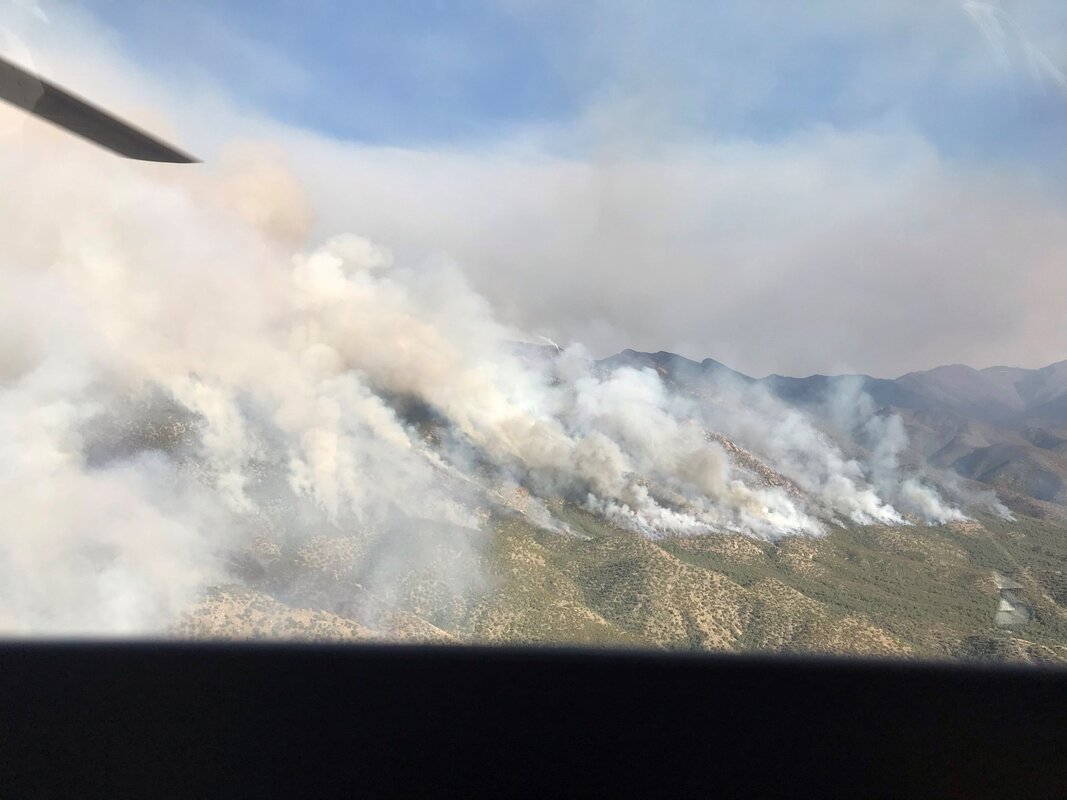
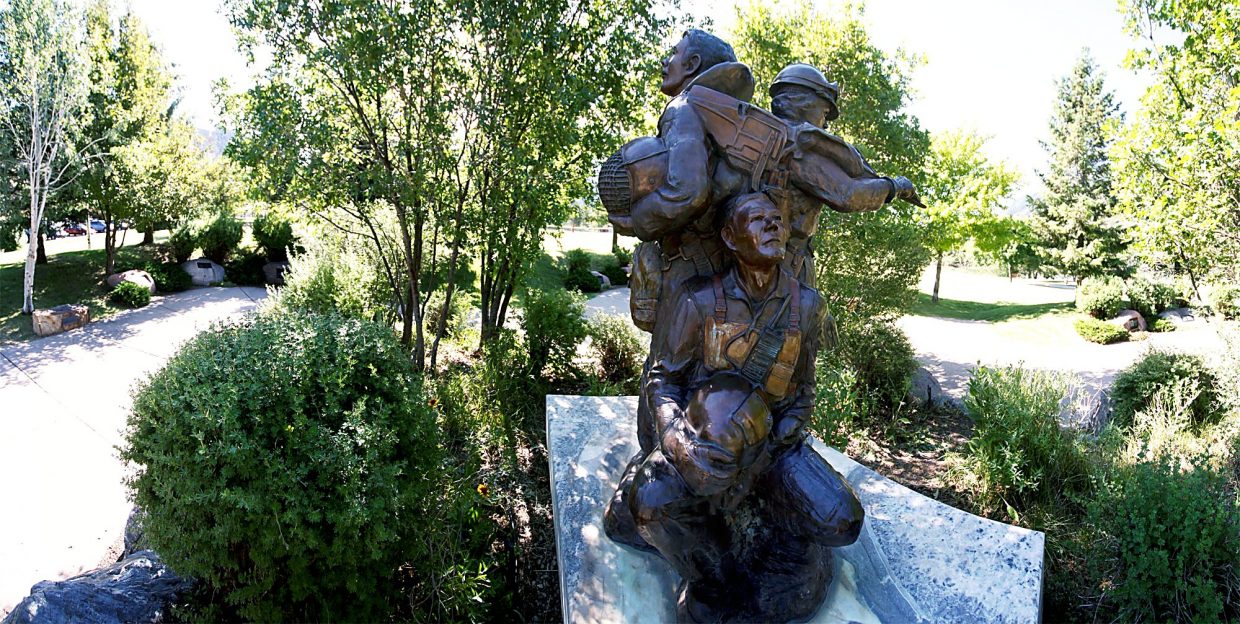
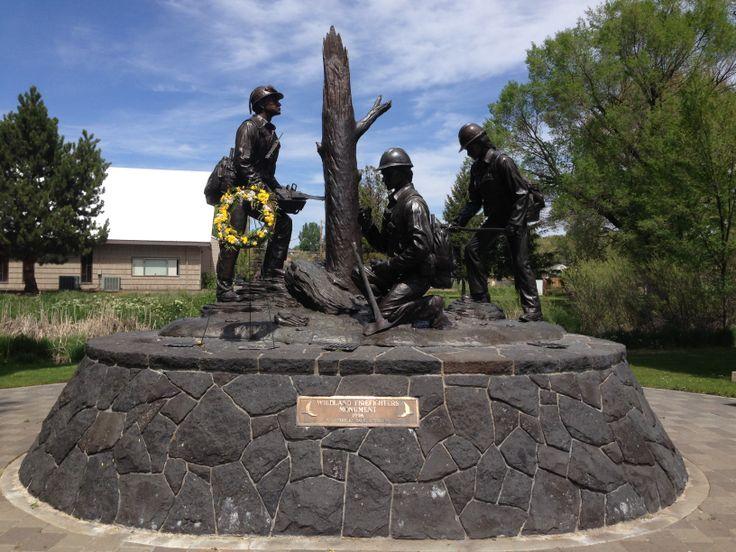
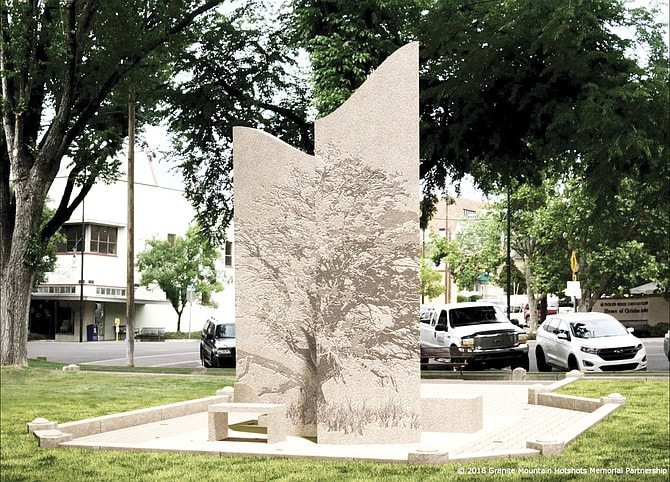
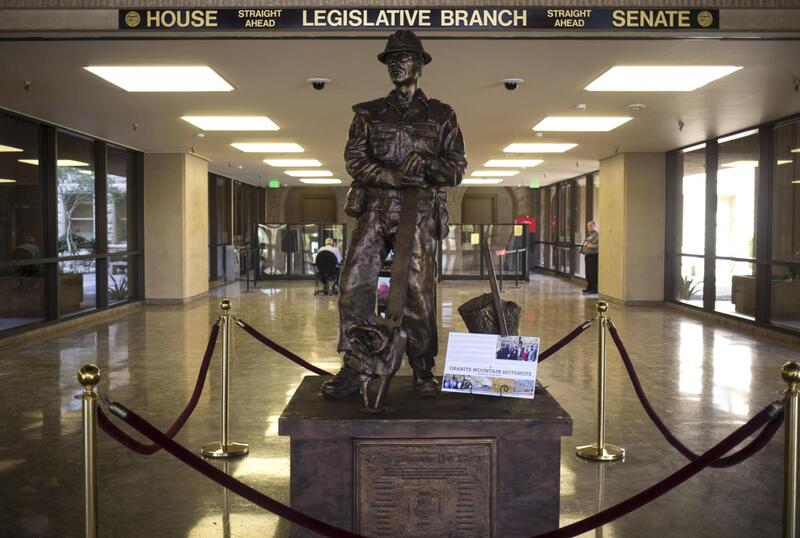
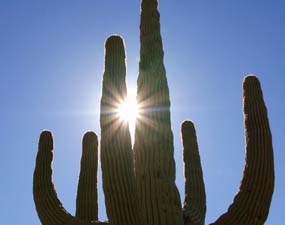
 RSS Feed
RSS Feed